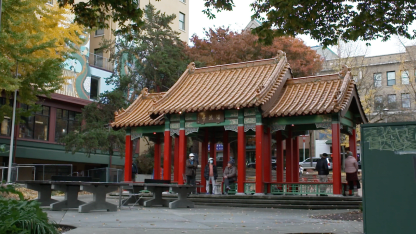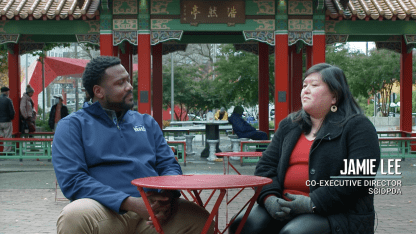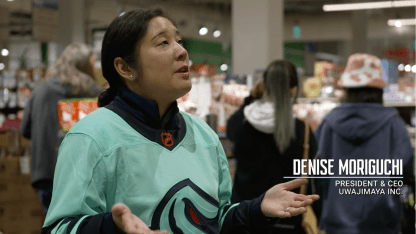It’s only fitting that the Kraken and National Hockey League are skating, full hockey-stop south toward the Mariners’ home ballpark and the city’s vibrant Chinatown-International District (CID) to stage the 2024 NHL Winter Classic on New Year’s Day. That’s because Seattle’s hockey origins and the venerable neighborhood share more than a century of side-by-side rich history in our city.
The CID dates back to the late 1800s and the Seattle Metropolitans, who famously were the first American team to win the hallowed Stanley Cup in 1917, and original members of the Pacific Coast Hockey Association professional league established in 1915. When the Metropolitans played to sellout crowds of 2,500 at Seattle Ice Arena (5th Avenue and University Street), the nearby Chinatown-International District enclave was already bustling though not yet the 23-acre expanse it is today.
“What's important for people to recognize about the neighborhood, one of the oldest in the city, is that it was and still is a space where immigrants could feel like they belong,” said Jamie Lee, co-director of the Seattle Chinatown-International District Preservation and Development Association. “They can meet people that speak the same language and buy goods and things they’re used to back in their home countries.”





















